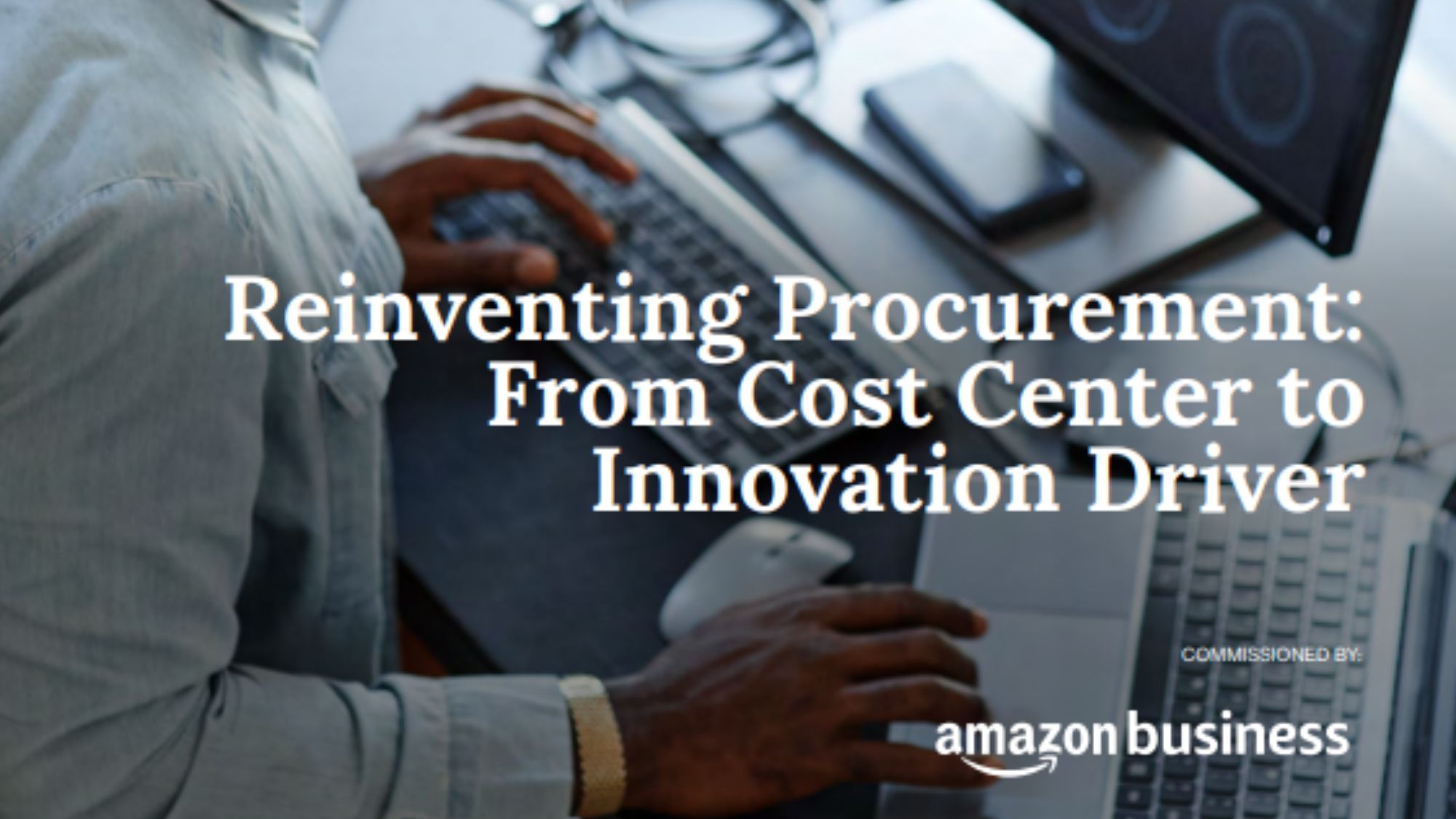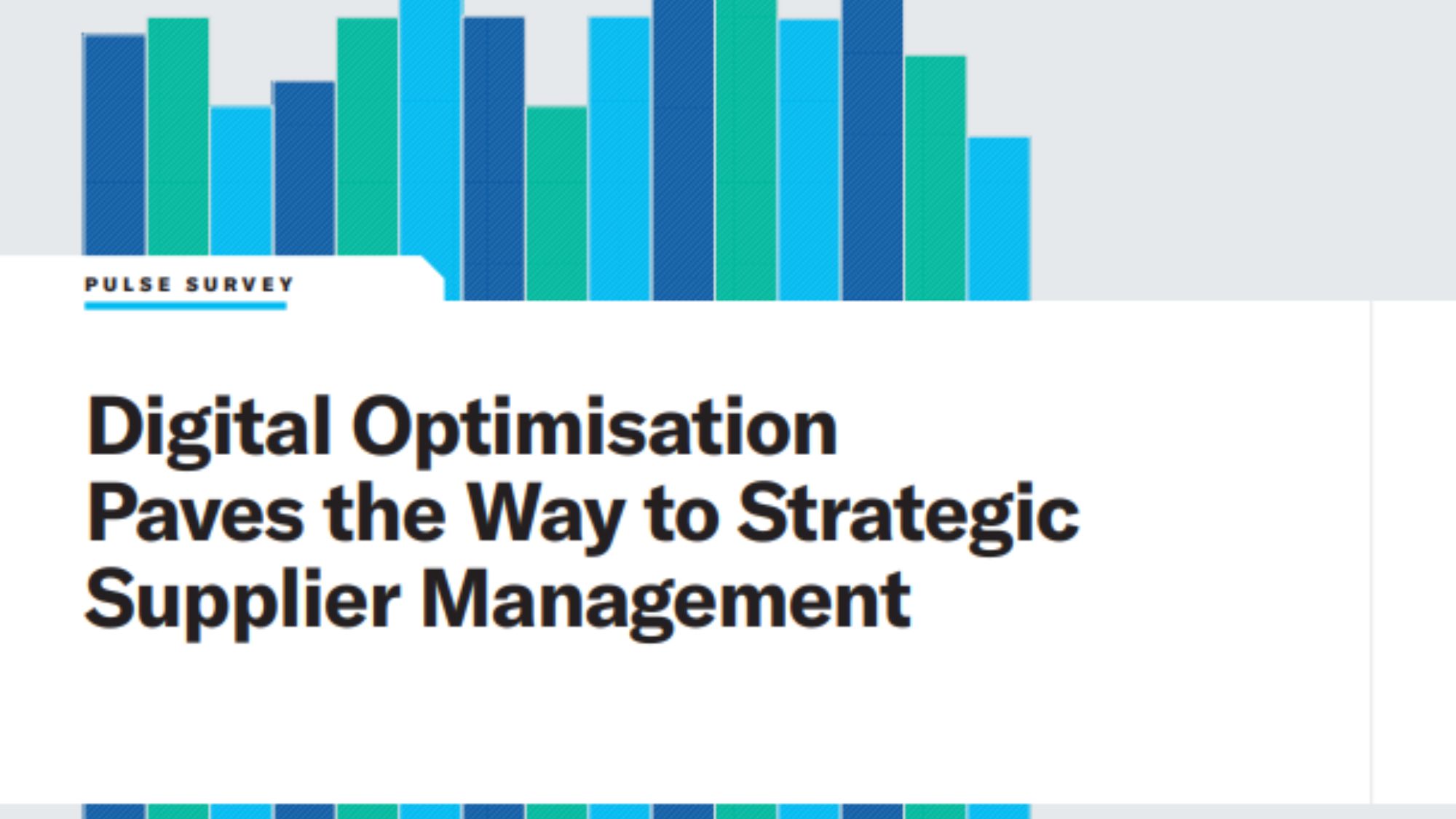AI-first partnerships: Unlocking scalable growth for business
Channel partners play a vital role in facilitating AI adoption, but there's more to offering support than simple integration


AI is no longer just a technological upgrade or add-on — it is fundamentally reshaping business capacity and the future of work. As organizations embrace AI to drive efficiencies and innovation, their needs are evolving rapidly.
This presents both a challenge and an opportunity for channel partners, who sit at the heart of this transformation. To remain competitive, partners must go beyond offering AI-powered solutions and position themselves as strategic enablers.
Businesses are increasingly looking to partners to help them navigate the complexities of AI integration, requiring tailored strategies that align with their unique operational needs.
This shift means that channel partners must reposition their role, not just as vendors, but as long-term AI adoption advisors, ensuring that organizations extract the maximum value from their investments.
AI productivity gains depend on integration, not just adoption
A strategic approach to AI integration ensures that businesses see the full benefits of automation, from reducing manual workloads to improving decision-making accuracy.
Channel partners serve as key enablers by embedding AI into core business processes, working within existing systems. Rather than just providing AI tools, partners must help businesses transform workflows with AI-powered automation, predictive analytics, and intelligent decision-making.
This hands-on approach ensures that businesses maximize efficiency and improve their ability to react to market dynamics in real time.
ChannelPro Newsletter
Stay up to date with the latest Channel industry news and analysis with our twice-weekly newsletter
At the same time, channel partners must also embrace AI internally to strengthen their own service models. By leveraging AI-driven automation for partner management, refining sales forecasting with predictive analytics, and enhancing customer service with AI-powered insights, partners can streamline their operations and enhance the value they provide.
Demonstrating successful AI adoption within their own organizations further reinforces their credibility, making them trusted allies in the transformation process.
AI innovation must be measured against practical business metrics
Many businesses invest in AI without a clear framework for evaluating its ROI, leading to inefficiencies and missed opportunities. Channel partners play a vital role in advising AI success metrics, ensuring customers can quantify the value AI brings to their operations.
This means not only identifying key performance indicators, but also establishing benchmarks for AI effectiveness in streamlining processes, reducing costs, and driving innovation.
IT leaders must define clear metrics to measure AI’s business impact, and channel partners serve as trusted advisors in this process. Rather than focusing solely on AI deployment, businesses need structured KPIs that evaluate its role in streamlining processes and fostering innovation.
Channel partners help establish these benchmarks, providing expert guidance on tracking AI-driven improvements and aligning adoption with tangible business outcomes.
By ensuring AI investments translate into measurable success, partners empower organizations to drive sustained growth and efficiency.
The real advantage lies in speed, not scale
Businesses often prioritize increasing AI capacity, but the real differentiator is how quickly AI can drive actionable insights. Helping customers integrate AI in a way that enables real-time decision-making is crucial, enabling them to quickly act on insights and stay agile in dynamic markets.
Whether through real-time analytics for supply chains or AI-driven customer service responses, the focus must be on reducing latency between data collection and action. Businesses that can optimize AI for immediate responsiveness will gain a decisive edge in competitive markets.
To maintain leadership in the channel space, partners must also leverage AI to improve their own agility. By incorporating AI-powered automation into internal operations, partners can enable faster, data-driven business decisions.
This shift ensures they are not only selling AI but also demonstrating its speed-driven benefits within their own operations, reinforcing their ability to deliver AI-led transformations for customers.
Driving partner enablement and business growth
To fully support businesses in their AI transformation, channel partners must continuously refine their expertise. This includes investing in AI training, upskilling teams, and keeping pace with evolving AI capabilities. Partners that lead by example — leveraging AI-driven insights for client strategies — will build greater credibility and trust in the market.
AI training and enablement programs for partner teams, such as the HP Amplify AI programme, will become an essential differentiator. As AI evolves, partners who continuously invest in knowledge-building will provide better guidance, ensuring their customers’ AI investments deliver real-world value.
Success in the AI-driven market requires more than selling technology, though. It demands delivering real transformation for the future of work. Channel partners who embed AI into services, streamline implementation, and align solutions with measurable business impact will lead the way.
As AI continues to reshape industries, those who embrace its full potential will drive innovation, unlock new opportunities, and secure long-term growth.
MORE VIEWS FROM THE CHANNEL

Neil Sawyer is the Managing Director of HP North West Europe, overseeing HP’s operations in the region. In his role, he leads a diverse team focused on addressing the comprehensive technology, solutions, and services needs across public sector, large enterprise, small to medium businesses, consumer and home users.
-
 Asus ZenScreen Fold OLED MQ17QH review
Asus ZenScreen Fold OLED MQ17QH reviewReviews A stunning foldable 17.3in OLED display – but it's too expensive to be anything more than a thrilling tech demo
By Sasha Muller
-
 How the UK MoJ achieved secure networks for prisons and offices with Palo Alto Networks
How the UK MoJ achieved secure networks for prisons and offices with Palo Alto NetworksCase study Adopting zero trust is a necessity when your own users are trying to launch cyber attacks
By Rory Bathgate
-
 Reinventing Procurement: From Cost Center to Innovation Driver
Reinventing Procurement: From Cost Center to Innovation Driverwhitepaper
By ITPro
-
 Digital Optimisation Paves the Way to Strategic Supplier Management
Digital Optimisation Paves the Way to Strategic Supplier Managementwhitepaper
By ITPro
-
 Google Cloud is leaning on all its strengths to support enterprise AI
Google Cloud is leaning on all its strengths to support enterprise AIAnalysis Google Cloud made a big statement at its annual conference last week, staking its claim as the go-to provider for enterprise AI adoption.
By Rory Bathgate
-
 Meta executive denies hyping up Llama 4 benchmark scores – but what can users expect from the new models?
Meta executive denies hyping up Llama 4 benchmark scores – but what can users expect from the new models?News A senior figure at Meta has denied claims that the tech giant boosted performance metrics for its new Llama 4 AI model range following rumors online.
By Nicole Kobie
-
 Fake it till you make it: 79% of tech workers pretend to know more about AI than they do – and executives are the worst offenders
Fake it till you make it: 79% of tech workers pretend to know more about AI than they do – and executives are the worst offendersNews Tech industry workers are exaggerating their AI knowledge and skills capabilities, and executives are among the worst offenders, new research shows.
By Nicole Kobie
-
 Sourcetable, a startup behind a ‘self-driving spreadsheet’ tool, wants to replicate the vibe coding trend for data analysts
Sourcetable, a startup behind a ‘self-driving spreadsheet’ tool, wants to replicate the vibe coding trend for data analystsNews Sourcetable, a startup developing what it’s dubbed the world’s first ‘self-driving spreadsheet’, has raised $4.3 million in funding to transform data analysis.
By Ross Kelly
-
 DeepSeek and Anthropic have a long way to go to catch ChatGPT: OpenAI's flagship chatbot is still far and away the most popular AI tool in offices globally
DeepSeek and Anthropic have a long way to go to catch ChatGPT: OpenAI's flagship chatbot is still far and away the most popular AI tool in offices globallyNews ChatGPT remains the most popular AI tool among office workers globally, research shows, despite a rising number of competitor options available to users.
By Ross Kelly
-
 ‘DIY’ agent platforms are big tech’s latest gambit to drive AI adoption
‘DIY’ agent platforms are big tech’s latest gambit to drive AI adoptionAnalysis The rise of 'DIY' agentic AI development platforms could enable big tech providers to drive AI adoption rates.
By George Fitzmaurice